Italy has many signs of spring, from umbrellas popping up on city streets to ward off sudden showers to the countryside blooming with the first flowers.

(Photo by Concierge in Umbria via Flickr)
One of the most pleasant changes with the season is at the morning market, where winter citrus and hearty vegetables like broccoli and black cabbage are replaced by bundles of foraged wild asparagus, towering pyramids of artichokes, and, most importantly, haphazard piles of oversized fava bean pods.
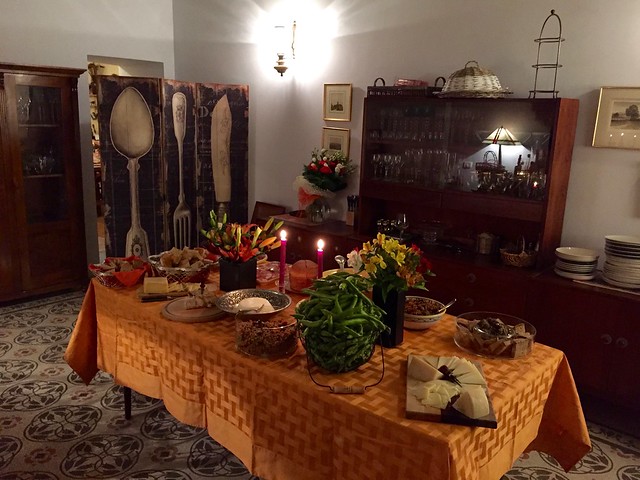
(Photo by Concierge in Umbria via Flickr)
Unappealing at first glance, snap open these long pods and a row of bright green and tender fava, or broad, beans pops out, heralding the season with their sweet flavor and appealing spring hue.
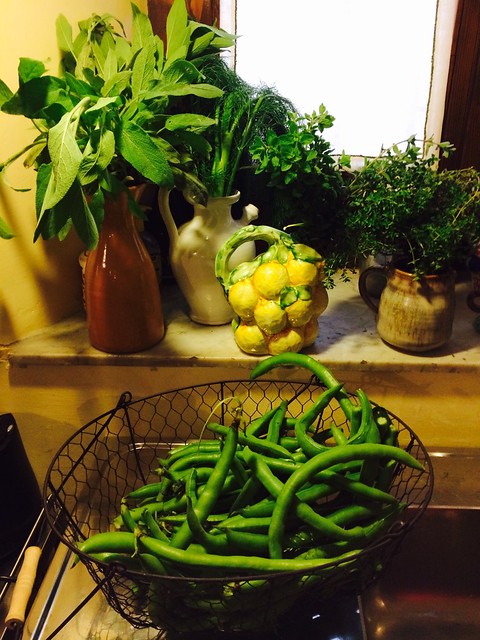
(Photo by Concierge in Umbria via Flickr)
The early favas are best eaten raw, directly from the pod and either dipped in salt or paired with a salty, aged pecorino. This is a spring picnic staple, and the first al fresco meals of the season almost always include a rustic basket overflowing with fava pods next to a chunk of seasoned local cheese and a crockware salt cellar.
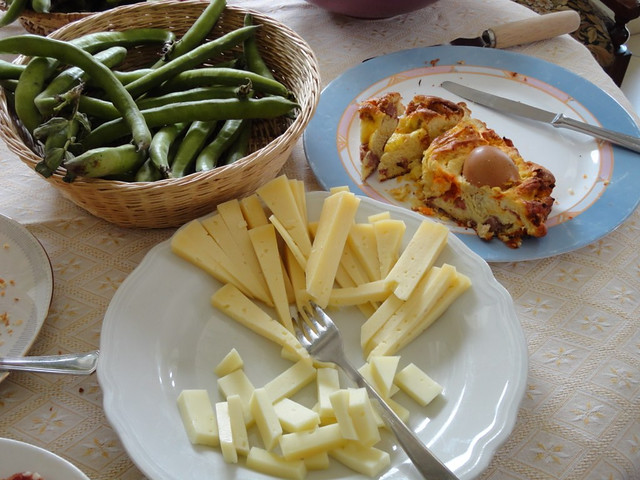
(Photo by Concierge in Umbria via Flickr)
A few weeks later, favas are better cooked and can be sautéed with cured barbozza, pureéd into a thick paté or creamy soup, tossed with tender new peas and the first artichokes and served on pasta, added to risotto or legume stew, or boiled and served with olive oil, mint, and salt as a side dish.
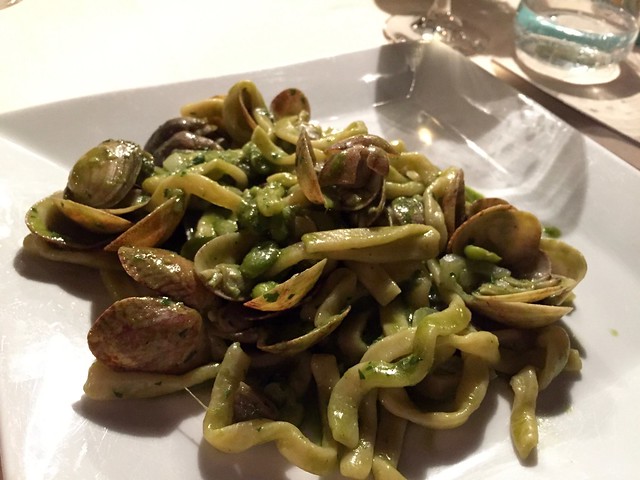
(Photo by Concierge in Umbria via Flickr)
However they are served, favas mean one thing to Italians: spring is here!
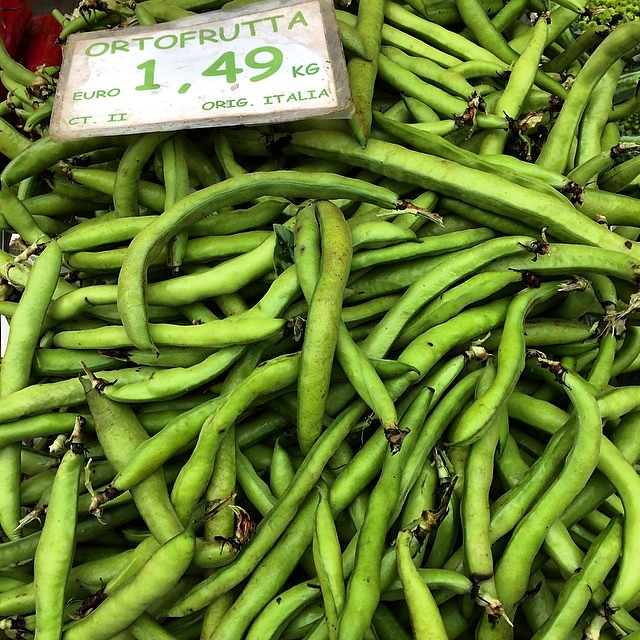
(Photo by Concierge in Umbria via Flickr)
Note: supermarkets and green grocers in Italy hang signs in their windows when selling fresh favas. Though they can be a convenient way to tell if the beans are in season, the signs are actually a warning to clients who suffer from favism, which is a genetically recessive condition common in the populations of southern Italy.


